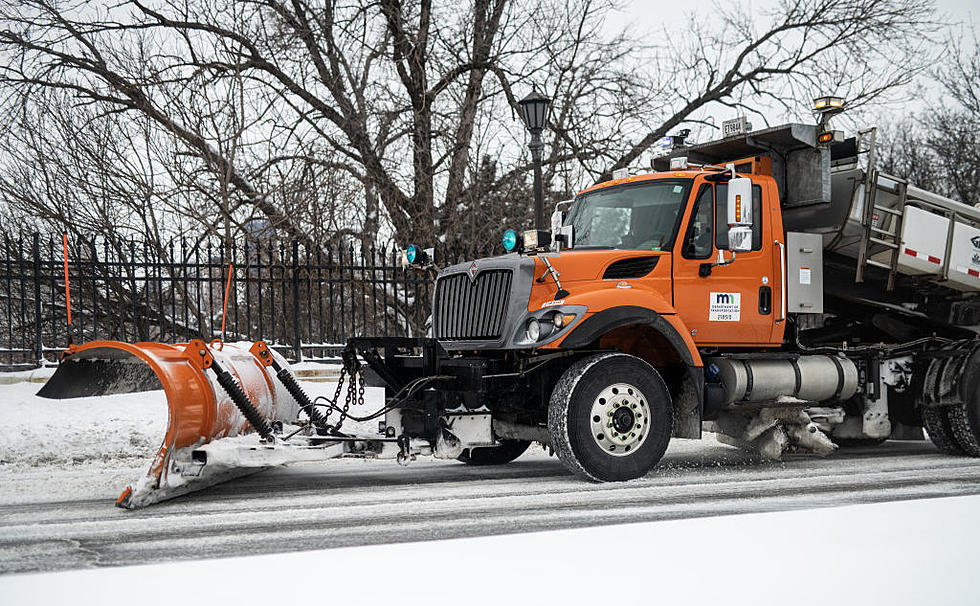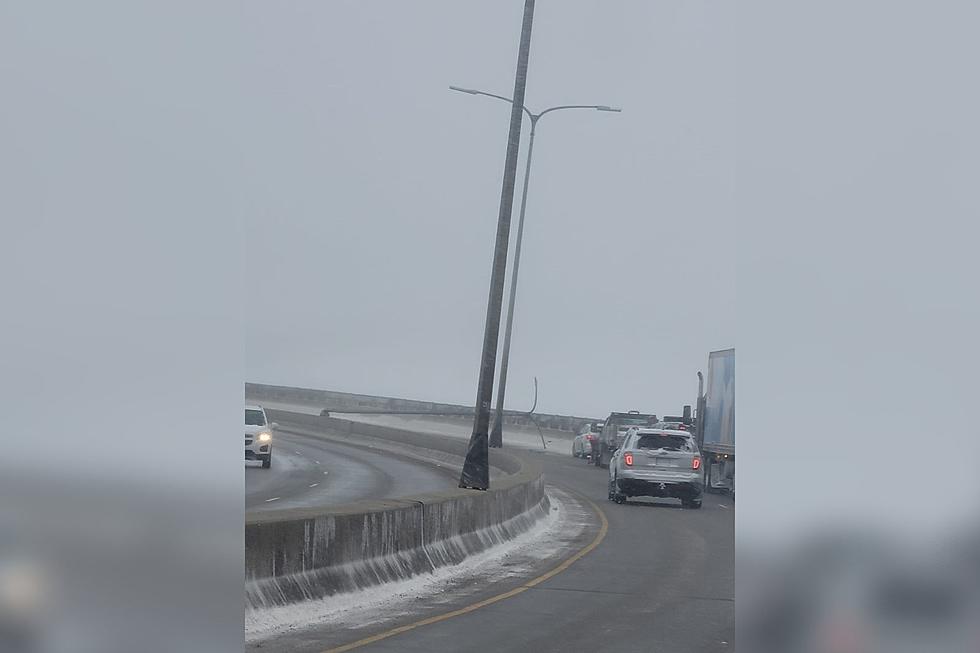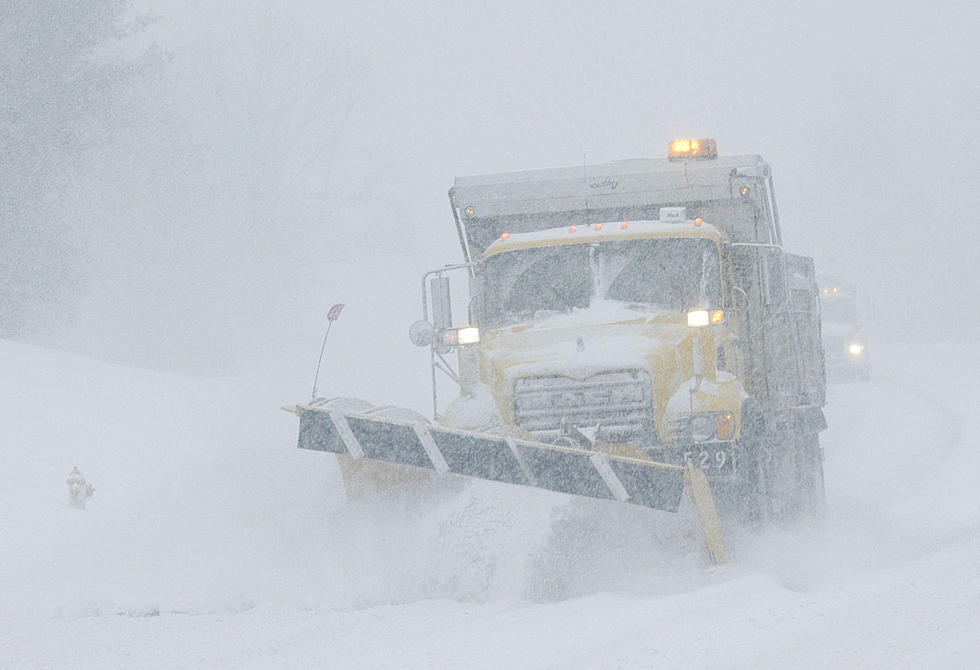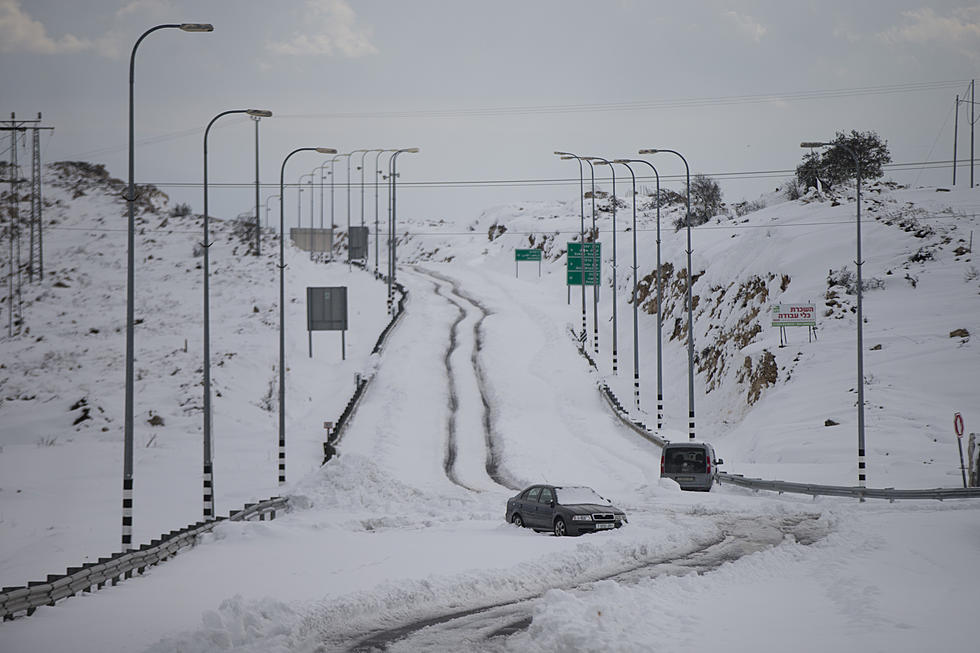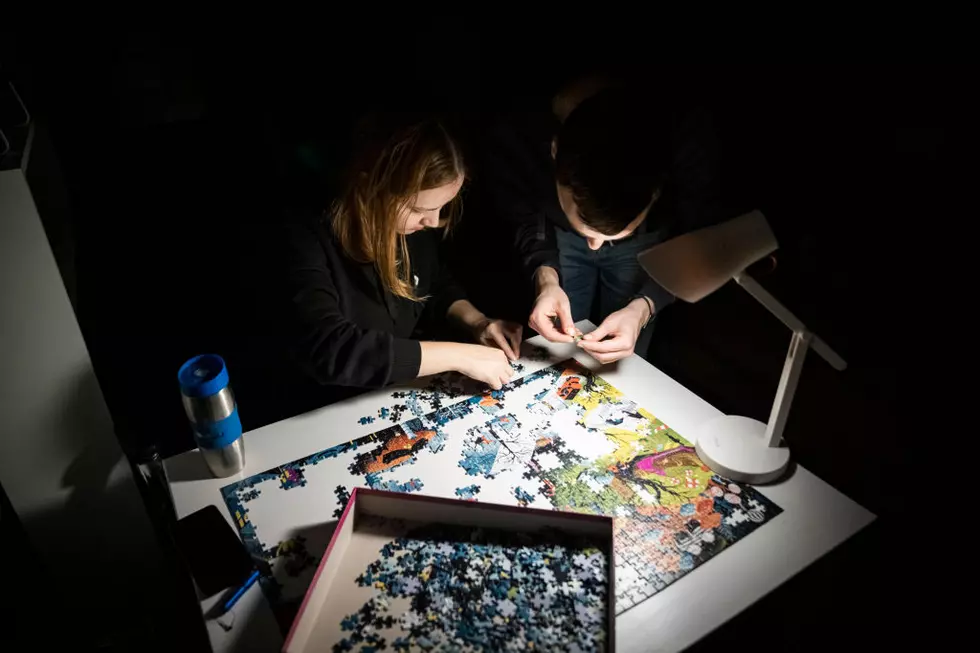
Winter Outage Tips Offered As Thousands In Duluth Area Lost Power For Extended Time In Blizzard
Before the December blizzard rolled into the area, we were warned the long-duration storm had the potential to cause a lot of problems. This was due to how much moisture was involved with this storm, which would cause a lot of heavy, sticky snow to fall.
Once strong winds were thrown into the mix, power outages would come into play as tree limbs would be in jeopardy as well as power lines themselves. Unfortunately, this all came true and as of Thursday evening, there were still many in the Northland without power.
Lake Country Power was one area company working hard to restore power for their customers after the storm passed and they explained Thursday why it can take awhile in parts of the Northland.

In a news release, they said power line crews were continuing work to repair broken lines, chainsaw trees from lines and trudge their way through deep snow to restore power for co-op members. They added that progress has been slow and, in some areas, hard to make any headway. Many roads still had not been plowed and most of the repairs need to be done manually to restore service by hand.
“This is almost worse than a summer storm,” said Tami Zaun, public relations coordinator. “Trucks are getting stuck especially on roads that have not been plowed yet, or barely plowed. You can’t maneuver vehicles very well on slippery roads with deep snowbanks on either side,” added Zaun. “They could be cutting a tree off the line while hearing another tree snapping down the line. I saw it firsthand and it’s really bad out there.”
They added that due to the severity of the winter storm’s impact on Lake Country Power’s distribution system, the cooperative has requested assistance from statewide co-ops and other utilities.
However, that is a timely process and power may not be fully restored until into the weekend for some areas. The advised those customers to find a warm place to stay.
Lake Country Power also took the opportunity to share the following tips, which will come in handy for everyone as power outages can happen to anyone, at any time of year:
- Stay inside – dress in warm, layered clothing, and cover up with extra blankets.
Close off unneeded rooms. - When using an alternative heat source, follow operating instructions, use fire safeguards and be sure to properly ventilate (keep a multipurpose, dry-chemical fire extinguisher nearby and know how to use it).
- Stuff towels or rags underneath doors to keep in the heat.
- Cover windows at night.
- Maintain a regular diet. Food provides the body with energy for creating its own energy.
- Drink plenty of fluids to stay hydrated.
- Infants or persons over 65 are more susceptible to the cold, check on elderly or disabled friends or neighbors. You may want to find an alternative location with friends or relatives if you cannot keep your home warm.
- Be cautious when using alternative heating, lighting and cooking sources that may increase the risk of a fire or carbon monoxide poisoning.
TIPS: Here's how you can prepare for power outages

LOOK: The most expensive weather and climate disasters in recent decades
More From B105




